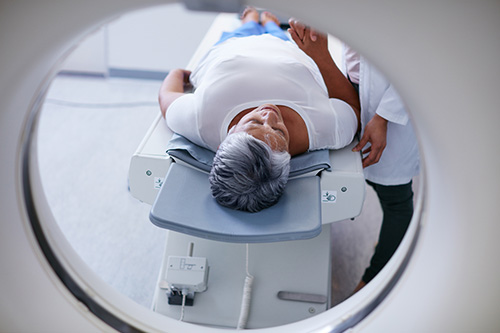What happens in a hysterectomy?
There are several types of hysterectomy, the main ones being the partial and the complete. In a partial hysterectomy, the surgeon removes only the uterus. In a complete or total hysterectomy, the surgeon removes the uterus and cervix, sometimes along with the fallopian tubes and ovaries.

The medical term for removal of the ovaries is oophorectomy. A hysterectomy where all these structures are removed is termed a TAH/BSO.
For a woman who’s premenopausal, a complete hysterectomy will have a significant impact on hormonal balance because the ovaries are such an important source of hormone production. Even a partial hysterectomy can have a significant effect, first because the uterus plays a role in hormonal balance, and second because in most cases the circulation to the ovaries is impaired enough by the surgery to affect their function.
When a hysterectomy is absolutely necessary, many women choose the latest surgical technique called laparoscopic supracervical hysterectomy. This cutting-edge surgery is far less invasive than a traditional hysterectomy and does not involve removing the cervix — and leaving the cervix intact will help support the pelvic floor. If necessary, one or both ovaries can be removed with much less recovery time. Be aware that a partial hysterectomy, in strict medical terms, usually involves removal of the cervix — so you must ask your doctor to keep your cervix intact.
See our full article on hysterectomy and alternatives for more information on your options.
< Back to hysterectomy FAQ’s.
Relieve your hormonal
imbalance symptoms today
- For perimenopause and menopause symptoms
- Natural and easy-to-take
- Satisfaction always guaranteed











